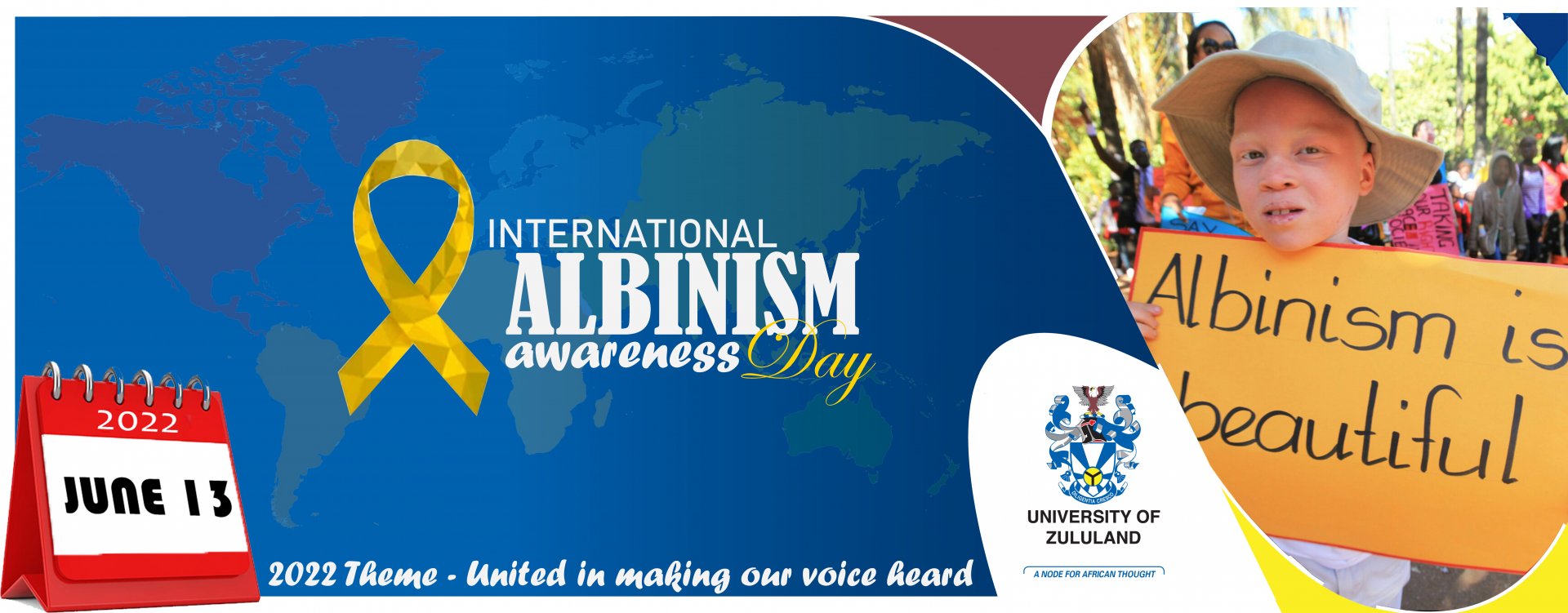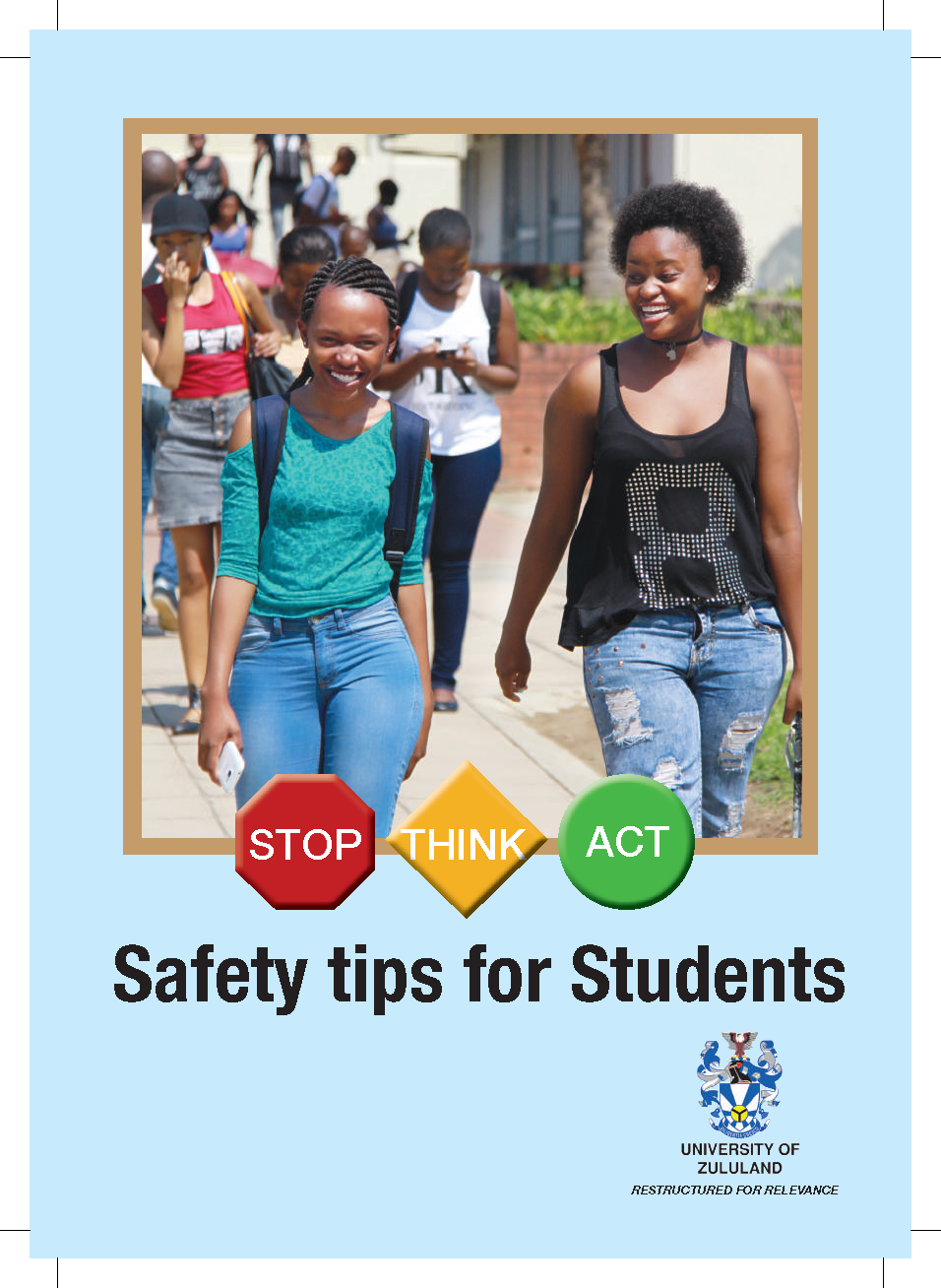International Albinism Awareness Day – 13 June 2022

Albinism is a non-contagious, genetically inherited ailment that results in the lack of melanin in the skin, eyes, and hair. INTERNATIONAL ALBINISM AWARENESS DAY 2022: The International Albinism Awareness Day (IAAD), annually observed on June 13, represents the importance and celebration of human rights of people with albinism.
The theme for the International Albinism Awareness Day this year is “United in making our voice heard.” The theme is chosen in an effort to amplify the voices, and highlight the work being done, of and for, the people with albinism. The theme will also support a sense of unity in the community and highlight the celebration of different versions of lives people with albinism live.
Albinism also called Achromasia refers to a congenital absence of pigment in the skin and hair (which are white) and the eyes (which are usually pink).
‘albinism often causes problems with the eyes’
Inherited disorders where there is little or no melanin production and this impact negatively on optic nerves development, so people with albinism have vision problems.
This condition increases the risk of skin cancer as well. Most people with albinism have pale skin, eye conditions and are sensitive to the sun. it is crucial for an individual to know their adaptability to various conditions so that. There is NO cure at this stage, but skin can be protected and eye conditions can be treated.
Few Facts To Know About Albinism
- Usually self-diagnosable
- Lab tests or imaging not required
- Chronic: can last for years or be lifelong
Albinism. Retrieved from https://www.mayoclinic.org/diseases-conditions/albinism/symptoms-causes/syc-20369184
UNIZULU ALBINISM UPDATE
UNIZULU has six students with Albinism. The moment you see them you might assume that they have similar challenges and probably similar concessions. The reality is that they are unique individuals with unique needs. It is vital to open a space to engage with them about issues like font size and board visibility; the light in the venue and your movement as the lecturer.
Some may be comfortable discussing such in class but the recommendation is a one-on-one so that they are comfortable. During exam they also get more time allocation because they struggle to keep their eyes glued on a question paper; they need short intervals to rest their eyes.
COMMON HABITS
- Wearing of a hat normally bush hat to shade themselves from the sun.
- Wearing sun glasses (very dark) to protect their eyes from the light intensity.
- Strategic seating and choice of position to sit in class
- Holding the book closer to them when reading
- Or having a bright colour-laptop.
These habits and others may help inform whether they are comfortable or not in your class.
- PC Mjadu














One Comment
Thanks for sharing. I read many of your blog posts, cool, your blog is very good.